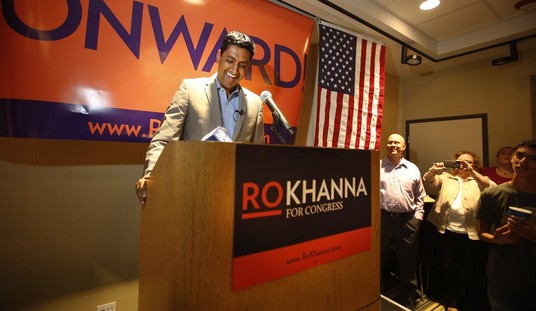Too little government, says Daniel Mitchell for the Center of Freedom and Prosperity, means very low economic growth. Anarchy means that people cannot defend their property rights and have little incentive to invest and build. Interestingly, too much government means … well, just about the same thing. Richard Rahn, an economist at Cato, created the Rahn Curve to show the diminishing growth of an economy when government gets too large. In his latest Econ 101 video, Mitchell explores the meaning of the curve and asks the pertinent question — How much government is just right?
The good news? We’ve found the Golden Mean of Government. According to 1998 testimony to Congress, it’s a total amount of government cost that consumes roughly 17.5% of GDP, presumably efficiently. The bad news? The last time we had a government that ate only 17.5% of GDP was … 1965. So where are we at today? Er … 40% of GDP, for all levels of government. Hong Kong has a right-sized government, while we’re a lot closer to France than Hong Kong.
Mitchell notes that “government today is far too big, and it’s hurting growth.” The economic indicators of the last few weeks, which were supposed to have improved thanks to government intervention, is a testament to that.
Update: The video isn’t entirely clear on this point, but I believe the numbers represent the total cost of government, not just the federal government, both in 1965 and now. I wrote “federal,” which was my error, not Dan’s.







Join the conversation as a VIP Member